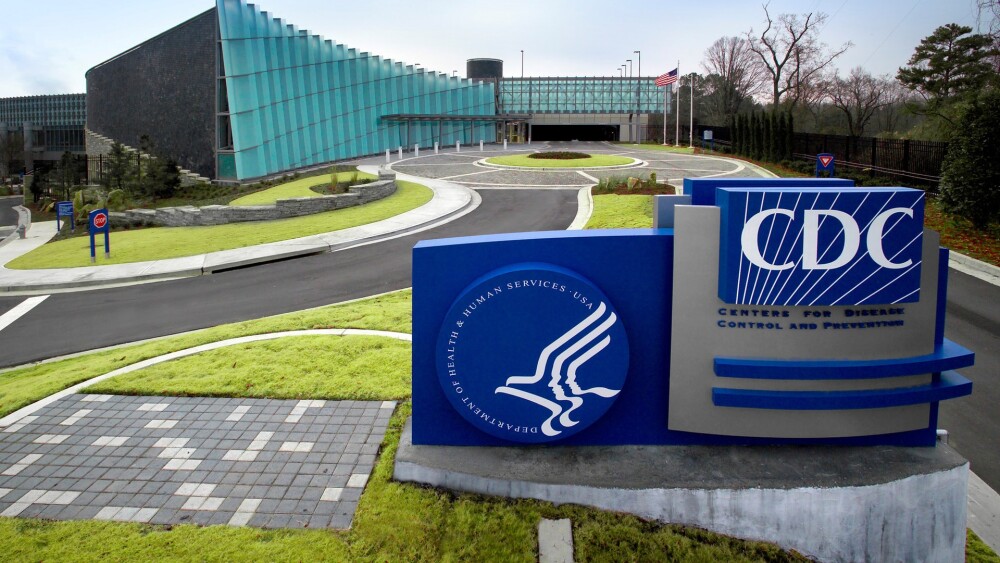Clovis Oncology has solidified its physical footprint in the Bay Area with a 32,000 square foot space it secured for 10 years through property developer TMG Partners.
Colorado-based Clovis Oncology has solidified its physical footprint in the Bay Area with a 32,000 square foot space it secured for 10 years through property developer TMG Partners.
Clovis is taking up space in an 18-story building that is about 85 percent filled, TMG announced. Clovis will have space on two floors. Little was announced about how Clovis will use the new space in Oakland or how many employees will be on site. There was also no indication if Clovis will be hiring new employees to staff the new space.
Daniel Muehl, Clovis’ head of finance, said in a statement that the Oakland site is close to public transportation, which is convenient to company employees. In his statement, Muehl touted the architectural features of the building, particularly its high ceilings and views from the windows.
Earlier this month, Clovis announced continued revenue growth for ovarian cancer drug Rubraca. In its quarterly report, the company said the drug, which was approved by the U.S. Food and Drug Administration in December, snagged 16.8 million in net sales. During the third quarter there were about 1,100 new patients for Rubraca and about 800 new prescribers, Clovis Chief Executive Officer Patrick Mahaffy told reporters and investors during a conference call, according to transcripts. Rubraca won approval as monotherapy for the treatment of patients with deleterious BRCA mutation associated advanced ovarian cancer, who have been treated with two or more chemotherapies. Rubraca was the first ADP-ribose polymerase (PARP) inhibitor to be approved by the FDA as a monotherapy for patients with deleterious BRCA mutation.
In July, the company inked a deal with pharma giant Bristol-Myers Squibb to combine their respective PD-1 and PARP inhibitors into treatments for multiple cancer types. BMS and Clovis said the companies will join together in Phase III combination trials of Opdivo with Rubraca to tackle advanced ovarian cancer and advanced triple negative breast cancer. The companies will also conduct a Phase II trial to determine if the combination treatment will be effective in treating metastatic castration-resistant prostate cancer. All three studies are expected to begin before the end of 2017. Clovis will be responsible for the ovarian cancer study, while BMS will be responsible for the breast and prostate cancer studies.
The Phase III ovarian cancer trial will target newly diagnosed patients with stage III/IV high-grade ovarian, fallopian tube, or primary peritoneal cancer who have completed platinum-based chemotherapy. The breast cancer trial will evaluate the combination treatment in patients with stage IV or recurrent locally advanced inoperable TNBC associated with a homologous recombination deficiency (HRD). In June, Clovis announced stellar Phase III results demonstrating Rubraca’s efficacy in treating in platinum-sensitive ovarian cancer. In the trial, the drug hit the primary endpoint of improved progression-free survival (PFS) in each of the three populations studied.
In October, Clovis submitted a supplemental New Drug Application to the FDA for Rubraca as maintenance treatment for patients with platinum-sensitive recurrent ovarian cancer. In the third quarter report, Mahaffy said the company believes Rubraca will be “highly competitive in addressing that maintenance population” if it is approved by the FDA for that indication.
“While we will be limited to a smaller population of addressable mutant BRCA patients until our potential maintenance approval next year, we believe our strong performance to date reflects the general confidence prescribers are gaining with Rubraca as their experience and familiarity with this clinical profile increases. The clinicians who are using Rubraca today, of course, are the same clinicians who will prescribe it upon the potential approval of a broader maintenance label,” Mahaffy said, according to the transcripts.





